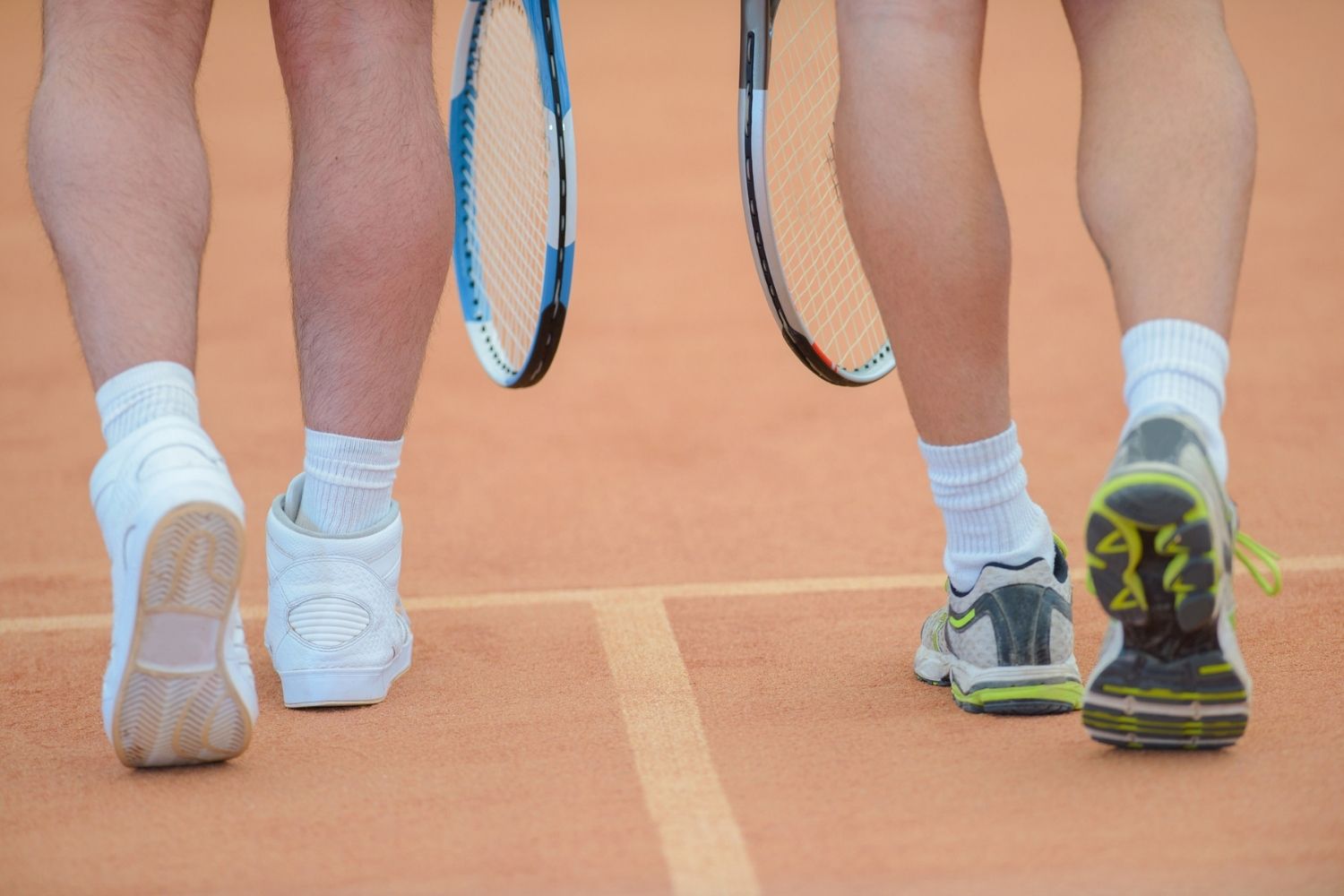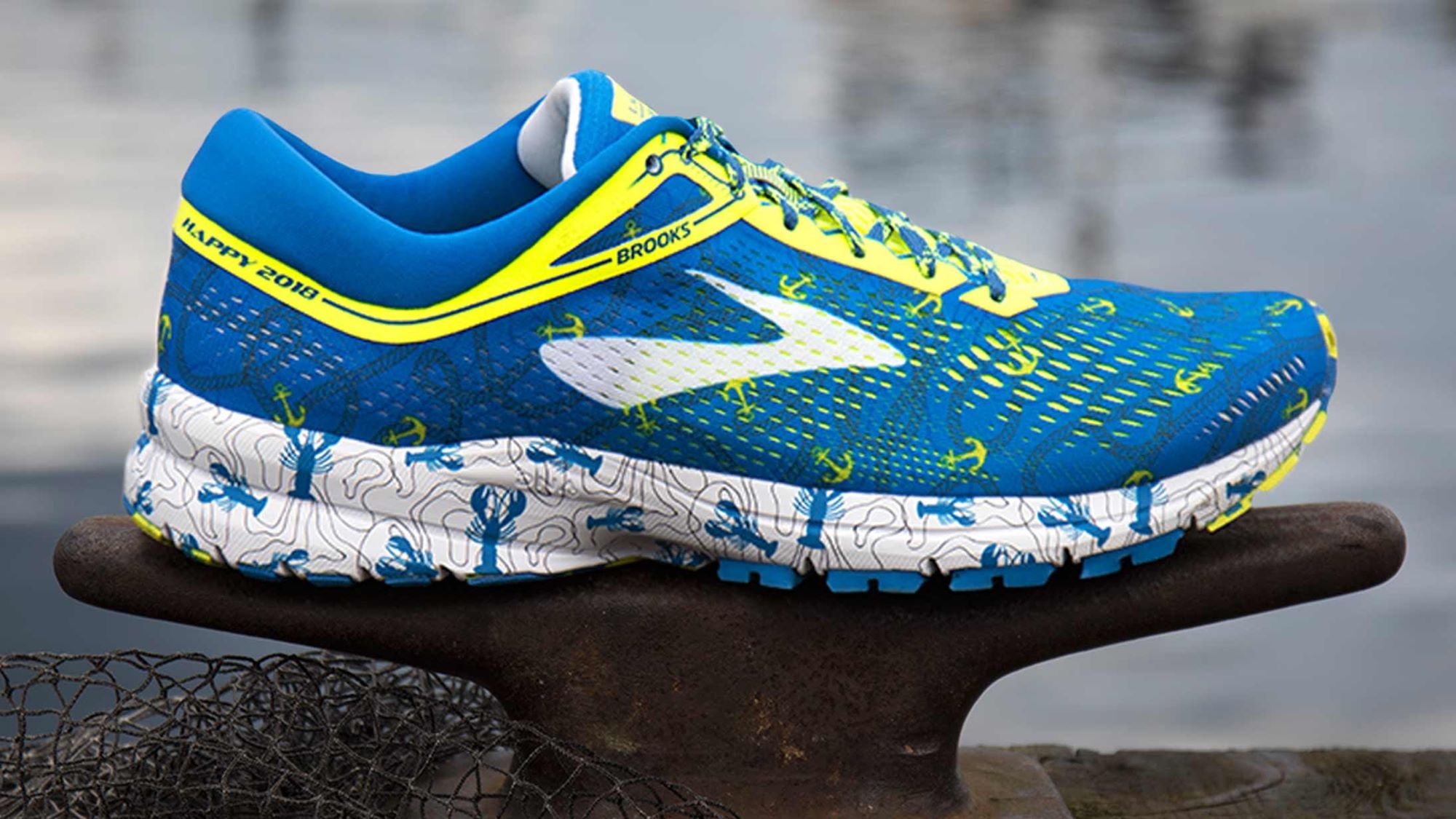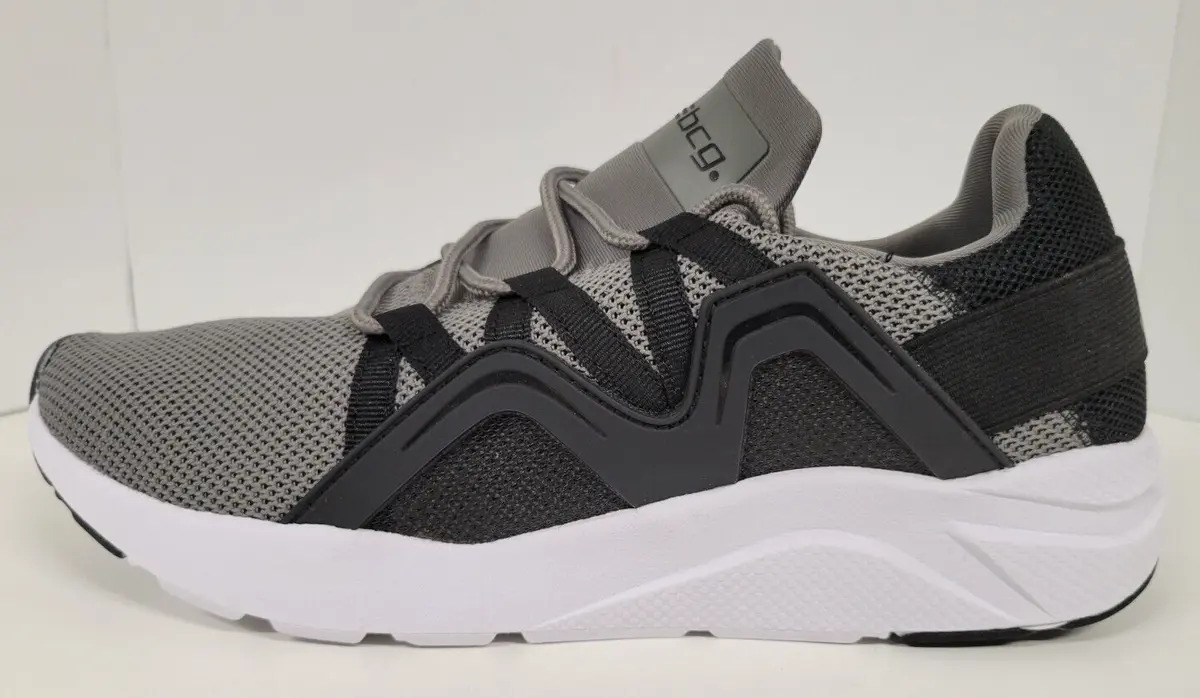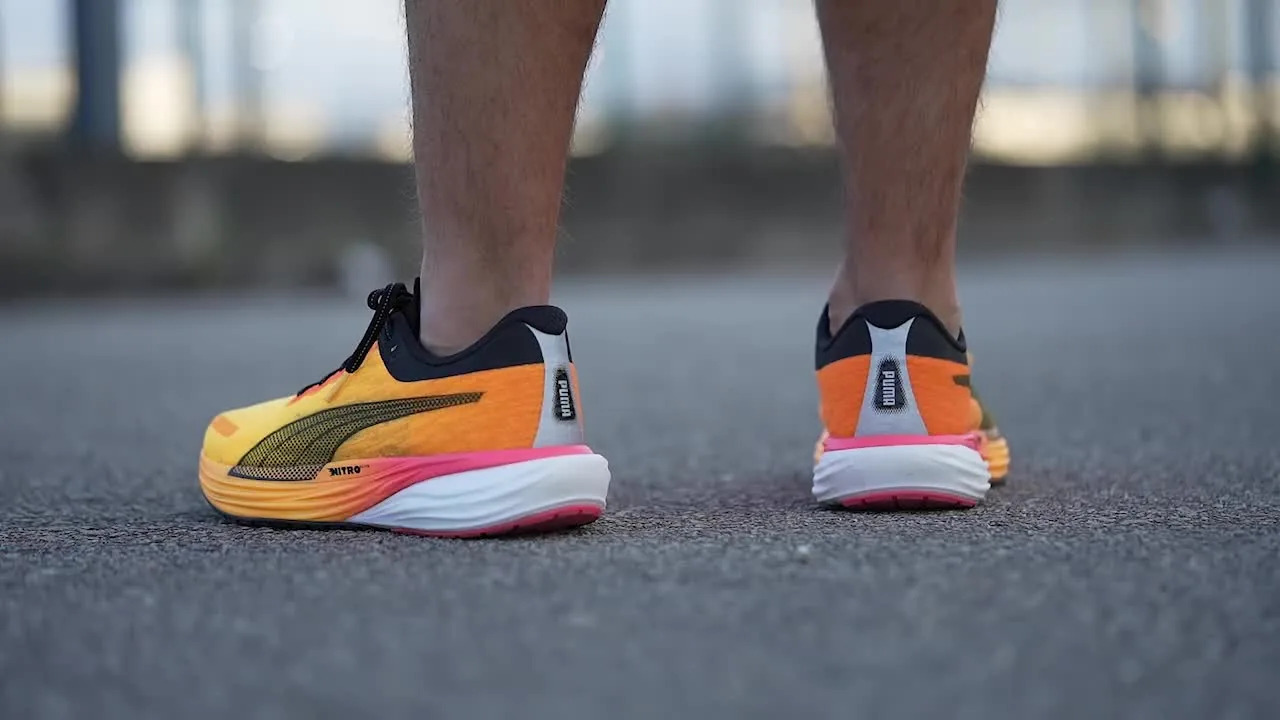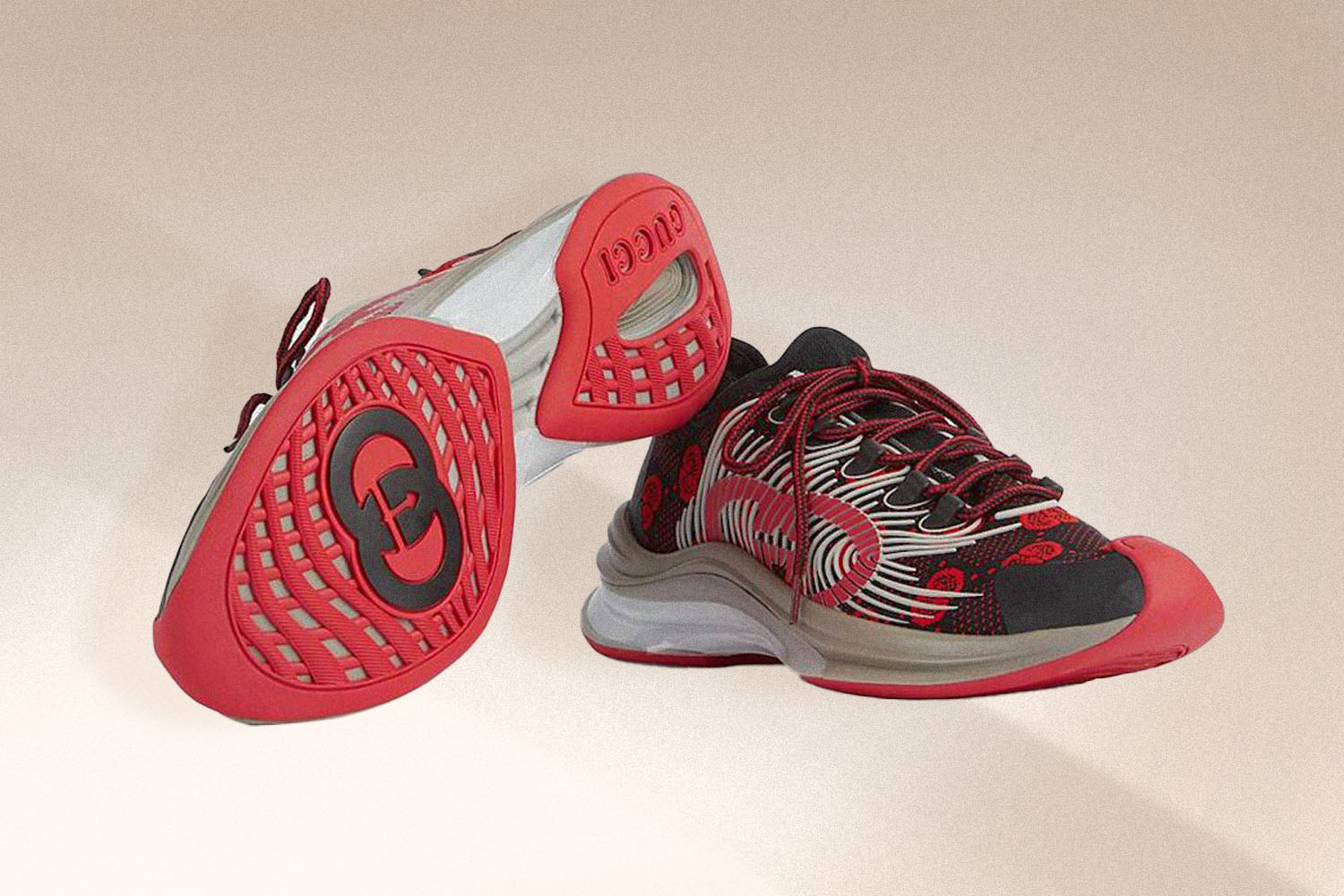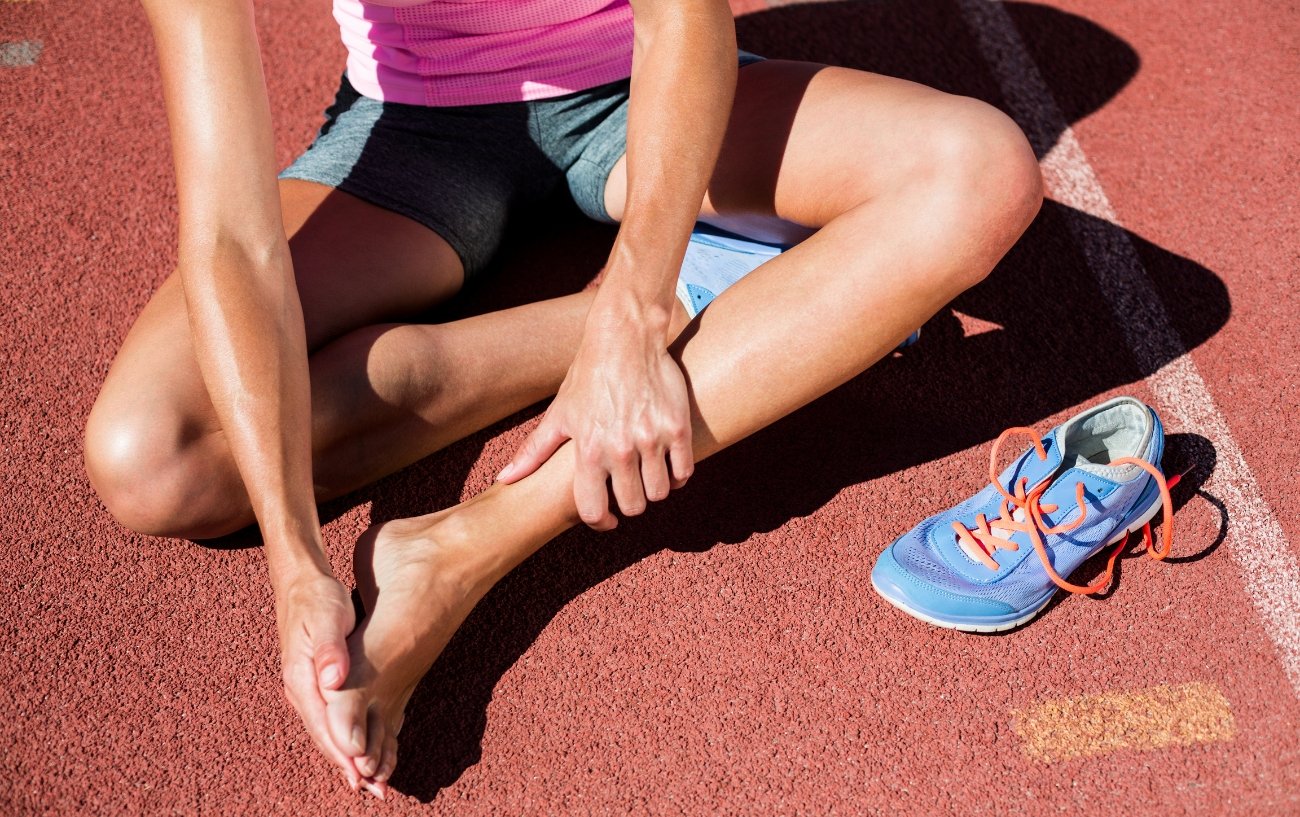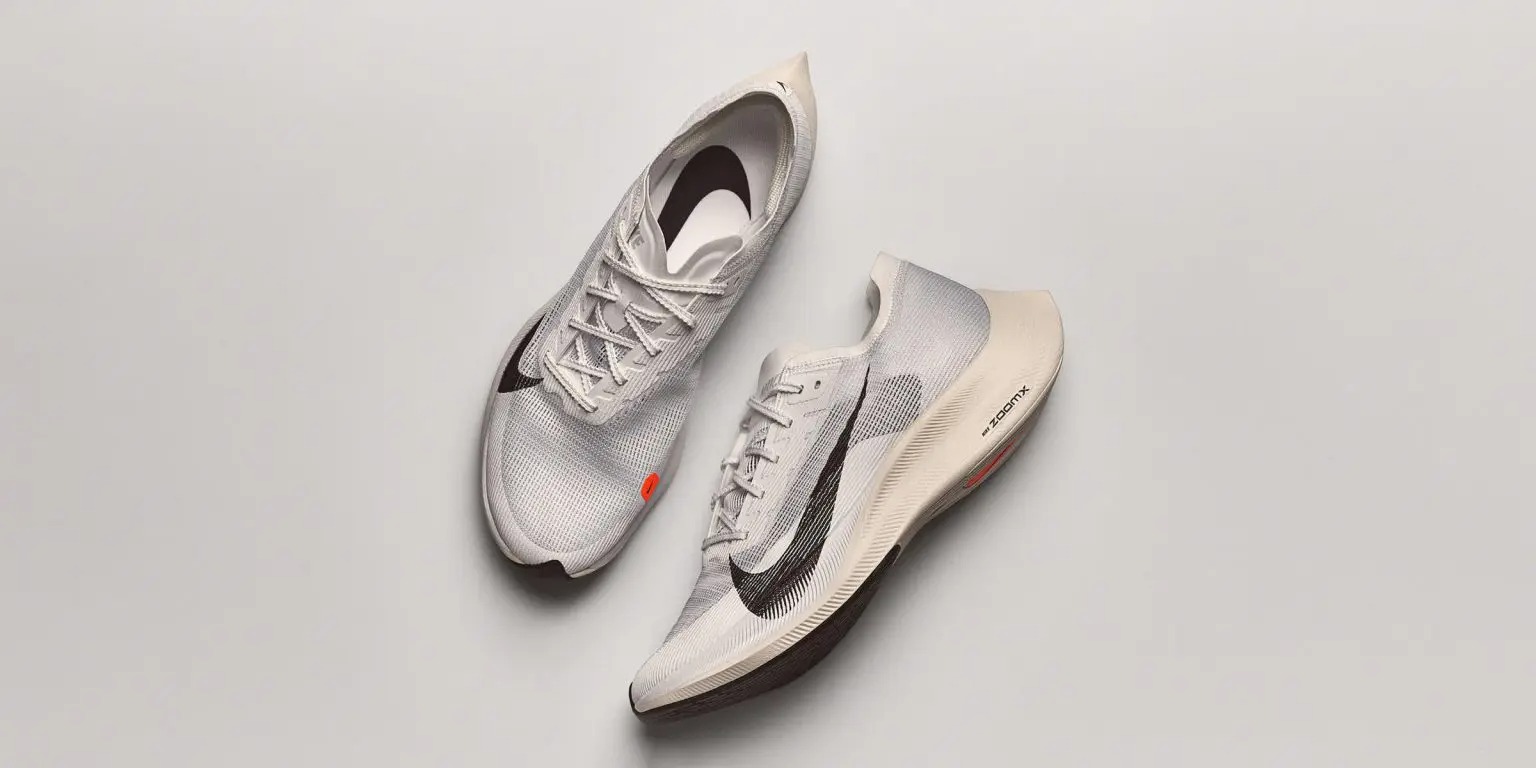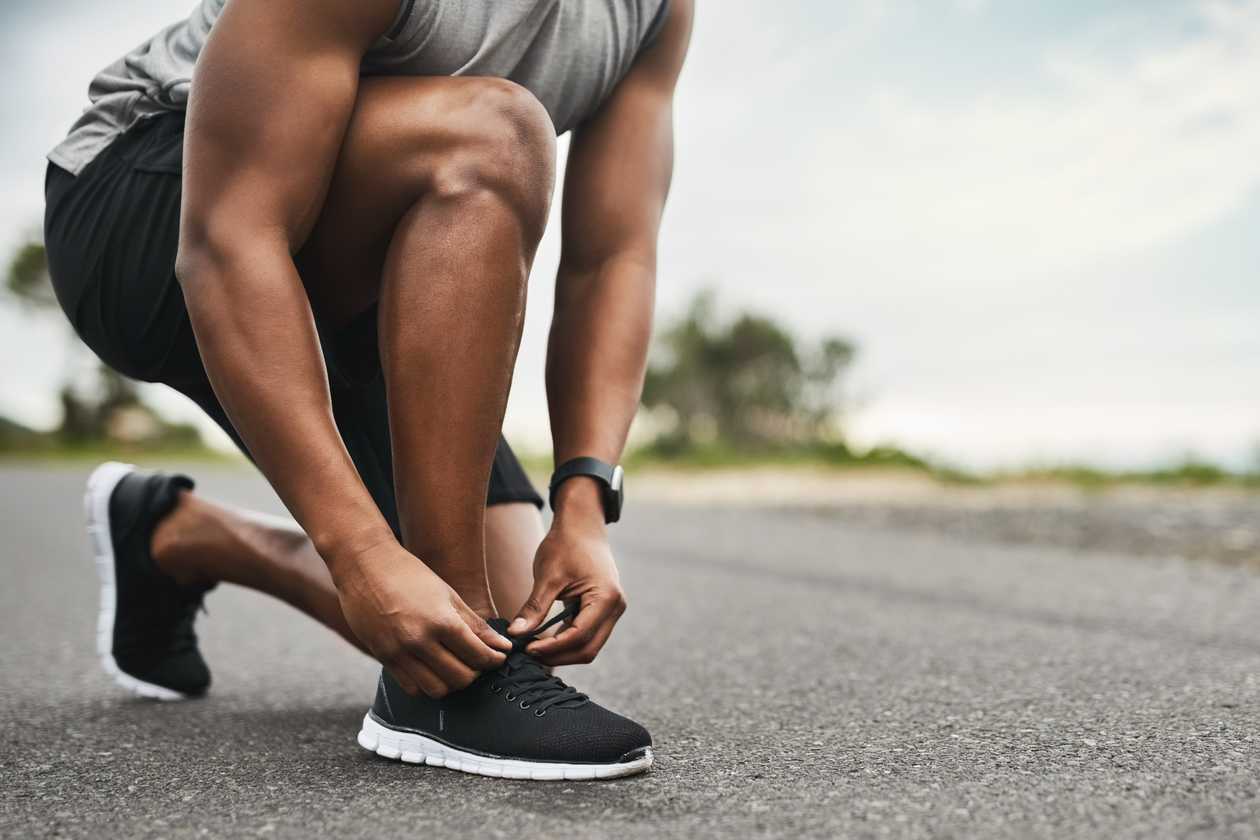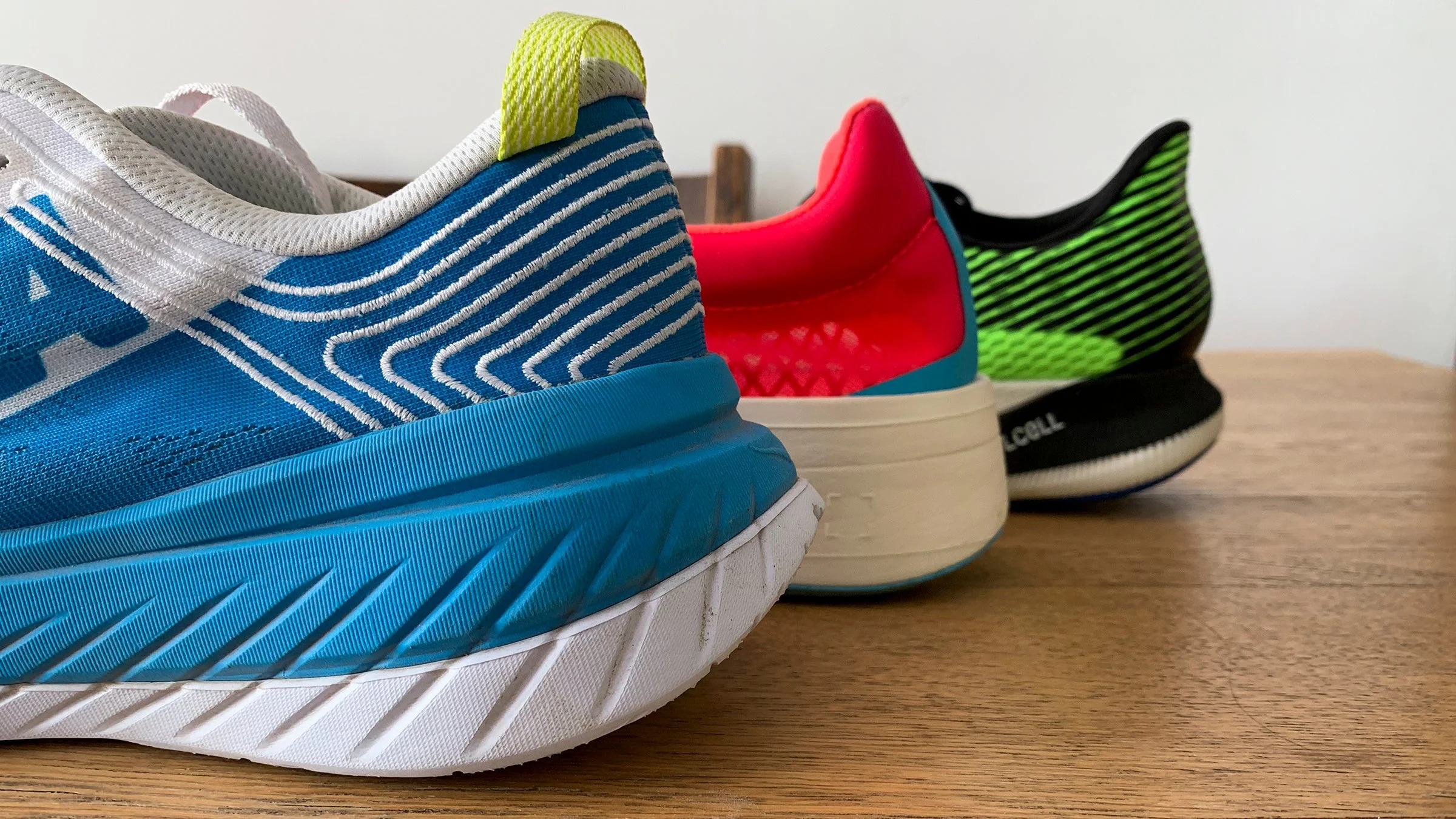What Is The Difference Between Tennis Shoes And Running Shoes
Introduction
When it comes to athletic footwear, there are various types of shoes designed for different sports and activities. Two of the most popular styles are tennis shoes and running shoes. While they may appear similar at first glance, there are notable differences in their design, structure, and functionality.
Tennis shoes are specifically designed to support the high-intensity movements and lateral motions required in the sport of tennis. On the other hand, running shoes are engineered to provide optimal cushioning, support, and shock absorption for the repetitive forward motion of running.
The key to choosing the right pair of shoes is understanding the unique characteristics and features of each type. In this article, we will delve into the main factors that differentiate tennis shoes from running shoes, helping you make an informed decision when selecting the appropriate footwear for your chosen activity.
By understanding these differences, you can ensure that your feet are properly supported, reducing the risk of discomfort, injuries, and long-term damage.
So, let’s dive into the specifics of tennis shoes and running shoes, and the features that set them apart.
Design and Structure
Tennis shoes and running shoes differ in their design and structure to cater to the specific demands of each sport. Tennis shoes are typically characterized by a more sturdy and durable construction. They feature reinforced toe areas and additional padding around the sides and ankles to provide extra protection during lateral movements and quick direction changes.
On the other hand, running shoes are designed with a lightweight and flexible structure that focuses on cushioning and shock absorption. They often have a more streamlined design to enhance forward motion while providing ample support to the arches and heels.
In terms of the sole, tennis shoes have a flatter and wider outsole to provide stability and grip on the court. They may also feature a herringbone or zigzag pattern to maximize traction and prevent slipping. Running shoes, on the other hand, have a curved outsole to facilitate the natural rolling motion of the foot during each stride. The tread patterns on running shoes are typically more varied to adapt to different terrains, providing better grip and traction on asphalt, trails, or tracks.
Additionally, the upper materials used in tennis shoes and running shoes also differ. Tennis shoes often employ more durable materials such as leather or synthetic leather, which can withstand the frequent lateral movements and offer increased support. In contrast, running shoes incorporate lightweight and breathable mesh materials to promote airflow and keep the feet cool, preventing excessive sweat and discomfort during long-distance runs.
The design and structure of tennis shoes and running shoes are crafted to optimize performance, ensure comfort, and minimize the risk of injuries specific to each sport. Choosing the right pair of shoes that align with your activity can greatly enhance your overall experience and protect your feet from unnecessary strain or injury.
Now that we’ve explored the design and structure of tennis shoes and running shoes, let’s proceed to the next section to delve deeper into their cushioning and support features.
Cushioning and Support
Cushioning and support are crucial factors to consider when comparing tennis shoes and running shoes. As tennis involves quick, explosive movements and frequent changes in direction, tennis shoes are designed to provide excellent lateral stability and cushioning.
Tennis shoes often feature cushioning technologies such as gel inserts, foam padding, or air pockets in the midsole to absorb shock and protect the feet during sudden stops and dynamic movements on the court. The level of cushioning may vary depending on the brand and model of the shoe, offering options for players who prefer a softer or firmer feel.
In contrast, running shoes prioritize cushioning to absorb the impact of repetitive foot strikes that occur during running. They are typically equipped with thicker and more responsive midsoles, incorporating technologies like air or foam-based cushioning systems that provide a plush feel and help reduce the risk of joint and muscle fatigue.
Support is another critical aspect to consider. Tennis shoes are designed with reinforced materials and lateral support features in the upper portion to provide stability during lateral movements and quick direction changes. This extra support helps prevent ankle sprains and other injuries commonly associated with the swift side-to-side movements in tennis.
On the other hand, running shoes offer support in the form of heel counters and arch support. The heel counter, found in the rear of the shoe, reinforces the heel and keeps it in place to reduce excessive movement and maintain proper alignment. Arch support systems, ranging from built-in support to customizable inserts, help provide stability and prevent overpronation or underpronation during the running gait cycle.
Both tennis shoes and running shoes strive to provide cushioning and support to enhance performance and protect the feet from potential injuries. However, the specific needs and demands of each sport determine the extent and type of cushioning and support features incorporated into the shoe’s design.
Now that we’ve covered cushioning and support, let’s proceed to the next section to explore the outsole and traction characteristics of tennis shoes and running shoes.
Outsole and Traction
The outsole and traction of tennis shoes and running shoes are specifically engineered to cater to the different movement patterns and surfaces associated with each sport.
Tennis shoes feature a durable and flat outsole to provide stability and traction on the court. The outsole is typically made of a high-quality rubber compound that offers excellent grip on hard court surfaces. Furthermore, the tread pattern on tennis shoes, often in a herringbone or zigzag configuration, enhances lateral stability and prevents slipping during quick side-to-side movements.
Running shoes, on the other hand, have a more versatile outsole designed to provide adequate traction on various surfaces such as asphalt, trails, or tracks. The outsole typically consists of a combination of different rubbers and patterns to ensure grip and traction regardless of the running environment. The tread patterns on running shoes are usually more varied, with deeper grooves and lugs, allowing for effective grip on different terrains and preventing slippage.
It’s important to note that the tread patterns on tennis shoes and running shoes serve different purposes. Tennis shoes prioritize lateral movements and multidirectional support, while running shoes focus on forward motion and better grip during the running stride.
Additionally, the outsole design also influences the shoe’s flexibility. Tennis shoes tend to have a less flexible outsole to provide stability during quick stops and starts, while running shoes have a more flexible outsole that allows for a natural range of motion and easier foot flexion throughout the running cycle.
Choosing the appropriate outsole and traction characteristics is crucial for optimizing performance and ensuring safety during your chosen activity. Considering the type of surface you’ll be engaging in, as well as the specific movement requirements, will help you select the most suitable pair of shoes for either tennis or running.
Now, let’s move on to the next section where we will discuss flexibility and durability in tennis shoes and running shoes.
Flexibility and Durability
Flexibility and durability are important factors to consider when comparing tennis shoes and running shoes. While both types of shoes need to provide sufficient flexibility for natural foot movement, their flexibility levels differ based on the demands of the sport.
Tennis shoes are designed to strike a balance between flexibility and stability. They have a moderately flexible midsole to allow for quick movements and transitions on the court. While some flexibility is necessary, excessive flexibility can compromise lateral stability and increase the risk of ankle sprains. The upper materials of tennis shoes, often made from durable synthetic leather or reinforced materials, provide additional structure and support to maintain stability during aggressive lateral movements.
On the other hand, running shoes prioritize flexibility to accommodate the repetitive bending and flexing of the foot while running. The midsole of running shoes is designed to be more flexible to promote a natural stride and efficient foot movement. The upper materials in running shoes are typically made from lightweight and breathable fabrics, allowing for greater flexibility and reducing restrictions on foot mobility.
When it comes to durability, tennis shoes are built to withstand the abrasive nature of tennis courts. The reinforced toe areas, extra padding in high-contact areas, and durable outsole materials ensure a longer lifespan and withstand the harsh court conditions.
In contrast, running shoes tend to have a more lightweight and less robust construction to enhance flexibility and reduce overall weight. While they may not be as durable as tennis shoes, running shoes are still designed to withstand the repetitive impact of running and provide reasonable durability for the lifespan of the shoe.
It’s important to note that the durability of both types of shoes also depends on factors such as frequency of use, terrain, and individual running or playing style. Regular maintenance, proper cleaning, and replacing worn-out shoes when necessary will help prolong the lifespan of both tennis shoes and running shoes.
Considering the appropriate level of flexibility and durability for your chosen sport is crucial to ensure both comfort and longevity of your athletic footwear. Now, let’s move on to the next section where we will discuss the weight and breathability characteristics of tennis shoes and running shoes.
Weight and Breathability
Weight and breathability are two important considerations when comparing tennis shoes and running shoes. Both factors play a significant role in overall comfort and performance during athletic activities.
Tennis shoes are typically constructed to be slightly heavier than running shoes. This added weight is necessary to provide stability and support during the dynamic movements and quick direction changes on the tennis court. The heavier weight helps offset the forces generated and allows for better control during lateral movements.
On the other hand, running shoes are designed to be lightweight to minimize the energy required for each stride and enhance running efficiency. The lighter weight of running shoes allows for a more effortless and natural foot movement, reducing fatigue and optimizing performance over long distances.
In terms of breathability, running shoes prioritize proper airflow to keep the feet cool and dry during the high-intensity activity of running. Running shoes often feature mesh or breathable upper materials that allow moisture and heat to escape, preventing the buildup of sweat and reducing the risk of discomfort or foot conditions such as blisters.
Tennis shoes, while not primarily designed for breathability, still offer sufficient ventilation to prevent excessive heat and sweat. The upper materials of tennis shoes are usually made from synthetic materials that promote airflow to keep the feet comfortable during intense matches or training sessions.
The weight and breathability characteristics of tennis shoes and running shoes are tailored to the requirements of each sport. Choosing the right combination based on your specific needs and preferences will ensure optimal comfort and performance during your chosen activity.
Now that we’ve explored the differences in weight and breathability, let’s move on to the next section where we will discuss the purpose and performance aspects of tennis shoes and running shoes.
Purpose and Performance
Understanding the purpose and performance characteristics of tennis shoes and running shoes is essential in selecting the right footwear for your sport or activity.
Tennis shoes are specifically designed to meet the demands of the fast-paced and multidirectional movements in tennis. They offer lateral stability, support, and durability to withstand the rigorous nature of the sport. The design of tennis shoes allows for quick starts, stops, and side-to-side movements, providing the necessary traction and grip on the court. Additionally, tennis shoes offer cushioning and shock absorption to mitigate the impact of aggressive movements.
Running shoes, on the other hand, are created to enhance the performance and comfort during running activities. They are engineered to provide an optimal combination of cushioning, support, and flexibility. Running shoes are designed to promote an efficient running gait and absorb shock, reducing the risk of injuries during repetitive foot strikes. The variety of running shoe categories such as stability shoes, cushioned shoes, minimalist shoes, and trail shoes cater to different running styles and surfaces.
It is important to note that while tennis shoes can be used for various athletic activities, their specialized design may limit their performance in activities outside of tennis. Running shoes, on the other hand, are versatile and can be used for a wide range of activities including walking, gym workouts, and other sports that involve running or impact-based movements.
Choosing the right shoe for your activity is crucial not only for optimal performance but also to reduce the risk of injuries. Wearing specialized tennis shoes on the tennis court and using dedicated running shoes for running activities will enhance your overall experience, comfort, and performance.
Now that we have explored the purpose and performance aspects, let’s conclude our discussion on the differences between tennis shoes and running shoes.
Conclusion
In conclusion, the differences between tennis shoes and running shoes extend beyond their visual appearance. These variations in design, structure, cushioning, support, outsole, flexibility, durability, weight, breathability, and purpose are essential to cater to the specific demands of each sport or activity.
Tennis shoes are built to provide stability, lateral support, and durability necessary for the quick and multidirectional movements on the tennis court. They prioritize features such as reinforced toe areas, lateral support, and a flat outsole with a herringbone or zigzag pattern to enhance grip and maneuverability.
Running shoes are engineered to prioritize cushioning, shock absorption, flexibility, and lightweight construction to optimize performance and comfort during running activities. They offer different levels of cushioning, support, and flexibility to accommodate varying running styles and terrains.
Understanding these differences is crucial when choosing the appropriate footwear to meet your specific needs and preferences. The right pair of shoes can enhance your overall experience, improve performance, and reduce the risk of discomfort or injuries.
Whether you’re a tennis player seeking stability and lateral support or a runner looking for optimal cushioning and flexibility, selecting the right shoe will greatly impact your athletic performance and enjoyment.
Remember, it is important to try on different brands, models, and styles of shoes to find the perfect fit for your foot shape, size, and personal preferences. Additionally, consider consulting with footwear experts or professionals who can guide you in choosing the best shoe for your specific needs.
By making an informed decision and investing in the right pair of athletic shoes, you can elevate your performance, protect your feet, and enjoy your favorite activities to the fullest.
